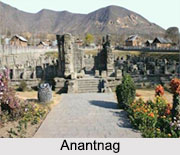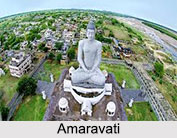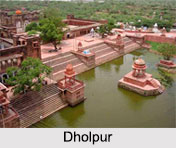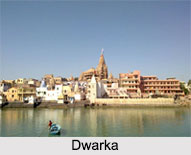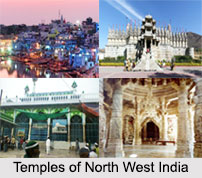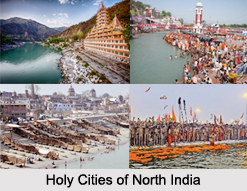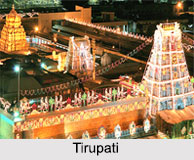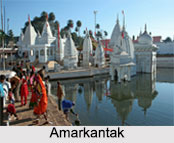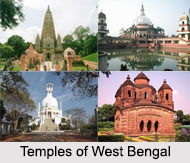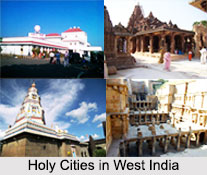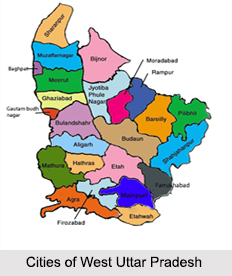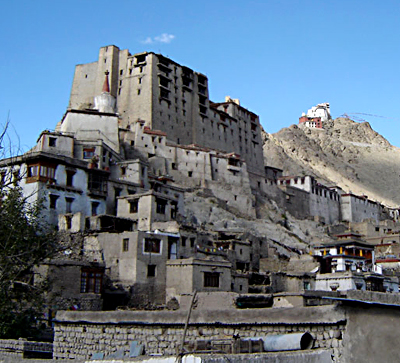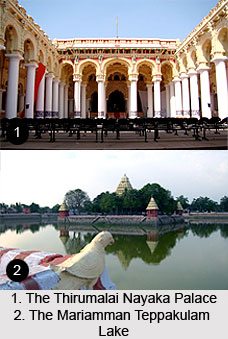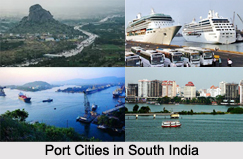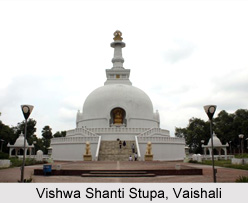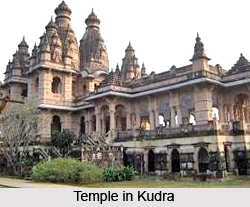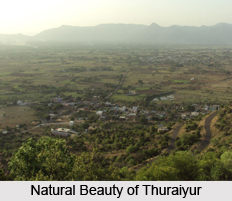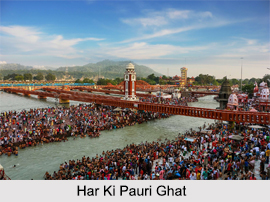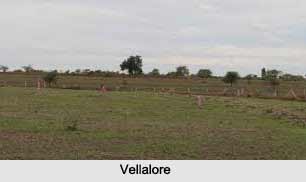 Vellalore is located in Coimbatore district in the Indian state of Tamil Nadu.
Vellalore is located in Coimbatore district in the Indian state of Tamil Nadu.
Location of Vellalore
Vellalore is a panchayat town situated on the southern bank of Noyyal River and is at a distance of 13 kms from Coimbatore city. A bypass road in Vellalore connects Avinashi and Pallakad.
Education of Vellalore
Vellalore has established few schools such as ELGI Matriculation Higher Secondary School, NGRA Higher Secondary School, Government Higher Secondary School, SSVM and Nirmala Matha School.
Tourism in Vellalore
Vellalore is a place of beautiful temples and tanks. A beautiful tank built in the town attracts several migratory birds of different species. The town was earlier known as `Velleer Oor.` Its main source of income was agriculture. Almost before 1st century A.D roman trade took place here. The town is administered by a town panchayat. The Vellalore panchayat has 15 wards. Vellalore is a prominent pilgrimage centre with many temples located here like Theneeswarar Temple, Sitha Lingeaswarar, Paechiamman, Raja Temples, Periya Vinayagar, Ema Tharma and others.
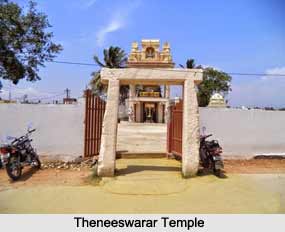 Theneeswarar Temple of Vellalore
Theneeswarar Temple of Vellalore
Theneeswarar Temple, earlier known as Nakkan Thiru Kovil is a famous temple in Vellalore. It houses a Shiva lingam and an idol of Lord Ganesha that dates back to about 1500 years. Except the two idols made of white granite the temple has been completely rebuilt. According to the inscriptions in the temple a person Nakkam Marugam had donated gold and land to the Brahmins to keep the oil lamp burning in the temple. Later the land began to be misused until Veerar Marugam Nakkam Marugam`s brother-in-law donated more gold and land to the Brahmins for organizing a grand festival for nine days and to continue to light the lamp. The incident took place in the 9th century AD. Another inscription in the temple states that the Kongu King Kokkandavan Veeranarayanan donated twelve and half kazhanju of gold to light the lamp. The idol of Lord Ganesha is believed to belong to the period of the Chalukya Dynasty. It dates back to 6th or 7th century AD. The idol holds its broken tusk in his right upper hand. With its lower hand it holds a laddoo. With his upper left hand Lord Ganesha holds sheaf of corn and rests his lower hand on his thigh. His left shoulder is covered with an Anangavastram that drapes across his chest. A small beautiful crown adorns his head.
Karivaratharaja Perumal Temple of Vellalore
Karivaratharaja Perumal Temple located on the northern banks of Noyyal River is dedicated to Karivaratharaja Perumal. The temple also houses an idol of Lord Ganesha that dates back to 2nd century A.D. During the Tamil month of Purattasi devotees flock the temple.
Yamadharma Raj Temple of Vellalore
Yamadharma Raj Temple is also located here that houses the idol of Lord Yama and his accountant Chitragupta. Karivaratharaja Temple situated in the town houses the idol of Vinayaka.
